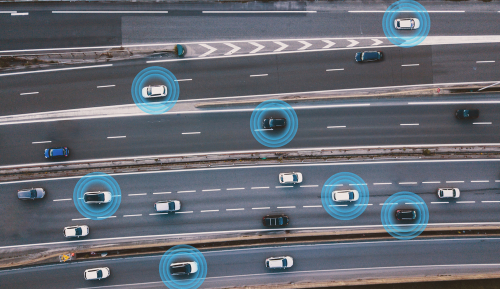
Maryland Gov. Larry Hogan announced Monday that his state would be releasing the Maryland Connected and Automated Vehicle Strategic Framework.
The framework will guide connected and automated vehicle technology in the state while serving as a place for stakeholders across the state to “stake a claim” in its response to the technology. Maryland’s CAV Working Group led the collective effort. It included information and input from more than 600 responders and one-on-one stakeholder conversations ranging from academia to non-profit associations, emergency responders, government officials, and CAV-related service businesses or developers.
“Connected and Automated Vehicles have the potential to significantly help us achieve our goals to improve roadway safety and increase mobility for countless communities,” said Governor Hogan. “Maryland is calling on all state and local agencies, private and academic partners, and the public to develop implementation plans that align with CAV technology strategies in this framework.”
The plan characterizes where Maryland stands currently on CAV technology and offers encouragement in five areas for future development – public education and outreach, planning and policy, early deployment and testing, infrastructure, and workforce development. Working with state and local agencies, academia, and private industry, the framework lays the groundwork for integrating CAV technology safely, efficiently, and equitably, the governor’s office said.
“The release of this framework marks a milestone in Maryland’s efforts to realize the incredible benefits CAV technology can achieve and sets the stage for how Maryland wants CAV to be integrated within our communities,” said Maryland Department of Transportation Motor Vehicle Administrator Chrissy Nizer, who serves as Co-Chair of the Maryland CAV Working Group.